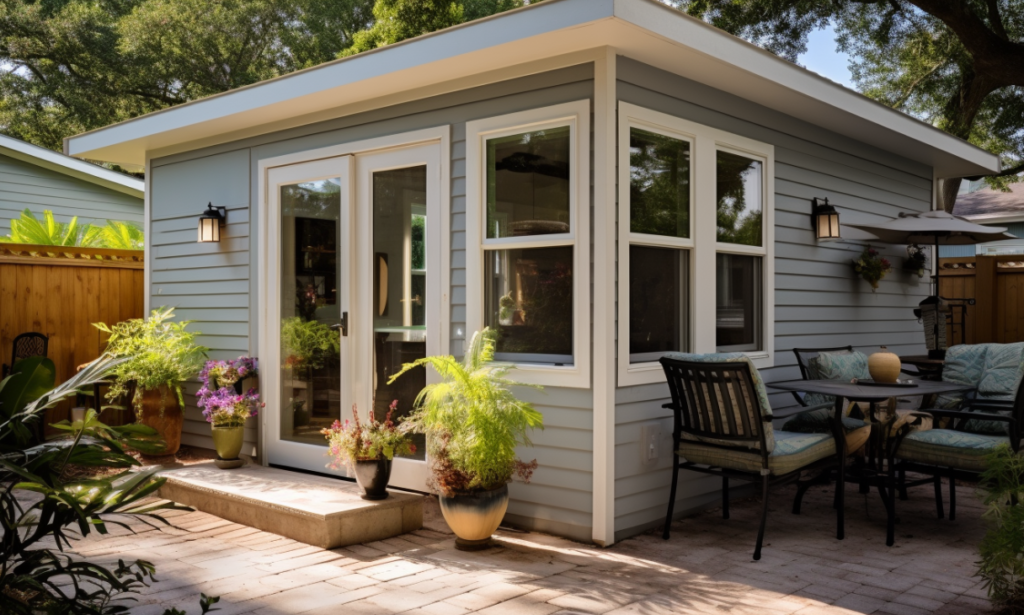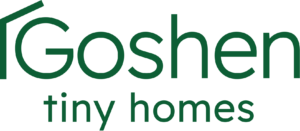Last week, I met with Emma, a 28-year-old software developer in Miami. “I can’t afford a house,” she explained, “but my parents have this amazing backyard.” Two hours later, we were designing an ADU that would give her independence while building equity. After fifteen years of building ADUs in Florida, I’m watching a revolution in how younger generations approach housing – and it’s fascinating.
The Generational Shift
When Mike and Sarah in Tampa decided to add an ADU for their millennial daughter, they expected a simple studio. Instead, their daughter presented a detailed plan for a smart-home workspace with sustainability features. “We’re not just building a place to live,” she told me, “we’re building a lifestyle that makes sense.”
The Multi-Generation Solution
A recent project in Orlando perfectly captures this trend. Three generations under one property: grandparents in the main house, parents in the ADU, and their Gen Z daughter in a converted garage space. They call it their “vertical village” – separate spaces but shared resources and support.
The Remote Work Revolution
Jessica’s ADU in St. Petersburg tells another common story. As a digital nomad, she needed a home office that could double as a rental when she traveled. “My parents thought I was crazy investing in property I wouldn’t live in full-time,” she shared. “Now they understand – it’s about flexibility, not just shelter.”
The Investment Angle
One of our most interesting projects was for a group of three Gen Z friends in Fort Lauderdale. They pooled resources to build an ADU on one friend’s family property. Their plan? Rotate living there while renting it out on sharing platforms. “Traditional mortgages don’t make sense for us,” they explained. “This is our version of a starter home.”
The Sustainability Focus
A millennial couple in Naples approached their ADU project with a non-negotiable requirement: minimal environmental impact. Solar panels, rainwater harvesting, and sustainable materials weren’t upgrades – they were essentials. “We’re not just building for ourselves,” they insisted. “We’re building for the planet.”
The Flexibility Factor
In Sarasota, we built what I call a “shape-shifter” ADU for a young entrepreneur. With movable walls and multi-purpose spaces, it can transform from a home office to a studio apartment to a small event space. As she put it, “My generation needs spaces that adapt as fast as we do.”
The Tech Integration
A recent project in Jacksonville showcased what younger clients expect: integrated smart home systems, pre-wired workstations, and automated everything. “It’s not about luxury,” the client explained. “It’s about efficiency.” Their ADU can be controlled entirely from a smartphone.
The Community Aspect
One of our most innovative projects in Boca Raton involved what we call “connected ADUs.” Two neighboring families with Gen Z children built ADUs with a shared courtyard space. The result? A micro-community that offers independence with built-in social support.
The Financial Strategy
We’re seeing a new approach to financing too. In Winter Park, a young couple used a combination of crowdfunding, family loans, and side-gig income to fund their ADU. “Traditional banking doesn’t understand our generation,” they told me. “So we’re creating our own solutions.”

The Design Evolution
Today’s younger clients want:
- Flexible spaces that serve multiple purposes
- Built-in technology infrastructure
- Sustainable materials and systems
- Indoor-outdoor flow
- Small but efficient layouts
- Future rental potential
The Living Laboratory
A project in Key West became what we call a “living laboratory” for generational preferences. The client, a 25-year-old UX designer, treated her ADU like a product design challenge. Every feature had to serve multiple purposes while maintaining aesthetic appeal.
The Social Media Effect
I’ve noticed how social media influences expectations. A client in Pensacola came with a Pinterest board full of ideas. But unlike previous generations who focused on aesthetics, she had analyzed each image for functionality and sustainability. “Beauty is great,” she said, “but I need my space to work for my lifestyle.”
The Bottom Line
Younger generations aren’t just building different ADUs – they’re reimagining what home means. As I tell my team, “We’re not just constructing buildings; we’re facilitating new ways of living.”
Want to explore how these trends might apply to your project? I’ve got case studies showing how different generations approach ADU design and use.
Remember: The best ADU isn’t just about square footage – it’s about creating space that works for your lifestyle, values, and future plans.
The Success Formula
Modern ADU projects often include:
- Flexible design for multiple uses
- Smart home integration
- Sustainable features
- Rental potential
- Work-from-home capabilities
- Community connection
In Florida, the ADU revolution isn’t just about affordable housing – it’s about younger generations creating innovative solutions to modern living challenges. And from what I’m seeing, they’re just getting started.
